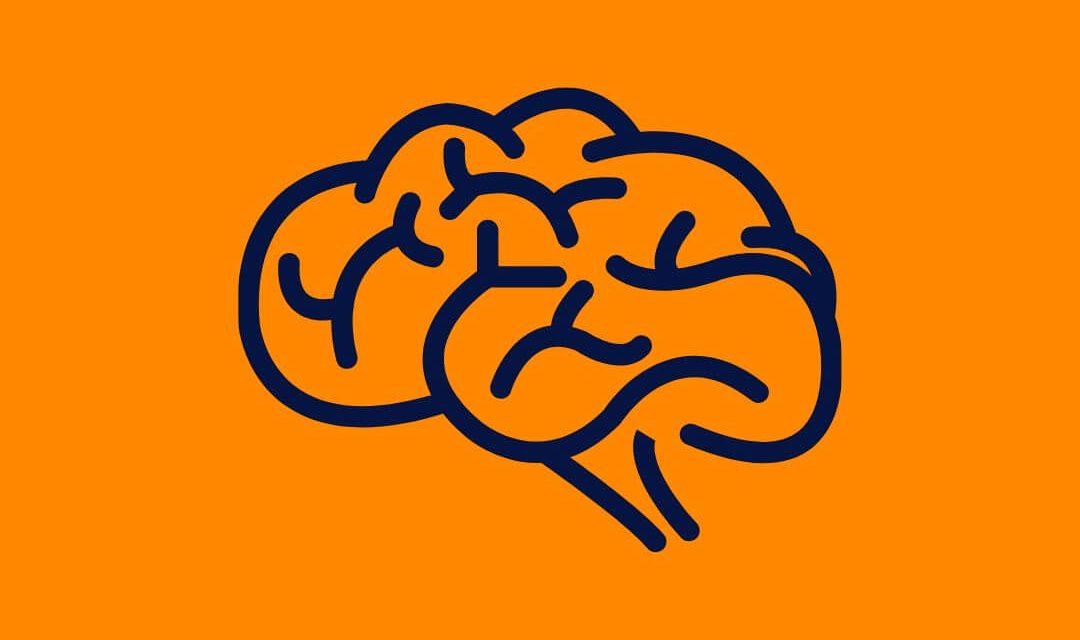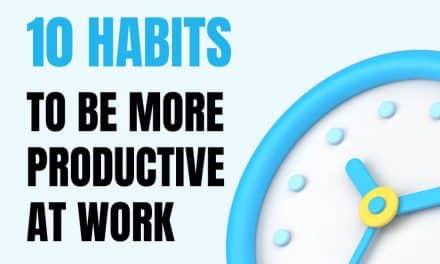I recently read a book about building a second brain. This is a system for managing information that you can trust. It will give you good ideas when you feel stuck. The second brain is reliable because it is organized by what is actionable instead of by topic or time frame.
Most people take a lot of notes every day. They try to organize their notes so they can find them later. But it’s not always easy to do. Sometimes it’s hard to remember where you put all your notes. Having your notes in a note-taking application can be helpful because you can find them more straightforward, but how often do you actually go back to these notes and use them for something that gives you progress in what you are doing? How can you get the most out of the notes you are taking and the knowledge and information you consume daily? How do you turn these notes into actions that help you achieve your goals?
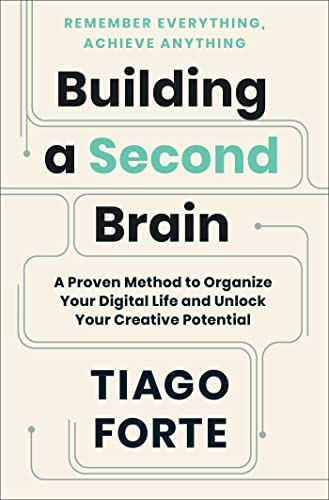
The answer to these questions is what Tiago Forte tried to give in his book: “Building a second brain.” The main idea behind this book is the PARA principle which stands for projects, areas of improvement, resources, and archives. This principle should help you organize your notes so you can get back to them when you need them without feeling overwhelmed.
Introduction to the PARA Principle
When you organize a note by topic, source, or time frame, it becomes harder to find what you’re looking for. You might never see that information again. However, when you organize information by actionability, finding the information you need becomes easier when you’re ready to work on your goals.
Managing by actionability is like sending valuable information through time to yourself. This way, you can access it when you need it. Start by creating the following four sections of actionability inside your favorite digital note-taking application:
- Projects (P)
- Areas of improvement (A)
- Resources (R)
- Archive (A)
This principle is known as the PARA principle, which you can apply to help you organize your work digitally. In more detail, let’s review the four parts of the P.A.R.A actionability organization system.
A project is a series of tasks you must do to achieve a goal. The tasks need to be done by a specific deadline. If you have any ideas or information that can help you with the project, put them in a folder for the project. When working on a project, it is helpful to open the folder notebook for that project and scroll through the latest notes. This way, you can see what you have done and start the project. Most people think their best ideas will come to mind when they sit down to work, but this usually does not happen. It is better if you have gradually captured good ideas in your second brain and review those ideas when you sit down to work on a project.
Reviewing what you have already captured is essential when you start a project. This will help you quickly get back into the project and avoid procrastination.
The second brain also has a section called Areas of improvement. It is where you can find digital notebooks on everything you actively try to improve or maintain. If you want to improve a skill or level up in an area of your life, go to the Areas of improvement section in your second brain.
Areas of improvement are long-term and open-ended, while projects are short-term and finite (For example: launching a new product).
The resources section in your second brain is your personal library of references, facts, and inspiration you will use to start future projects and improve an area of your life. If a project is like a meal you are cooking up on the stove and plan to have for dinner in an area of improvement notebook is like a big meal you’re cooking in a slow cooker that you intend to consume during the week but don’t know when you’ll finish. A resource is like a spice or type of pasta in your pantry you can use to make your next meal.
The resources section of your second brain contains examples you have collected, which you can use for inspiration. You can have, for example, a marketing notebook titled “campaign ideas,” where you have collected images and texts from advertisements you have seen over the past few months. You can reference this notebook when ready to start your marketing campaign.
The resources section includes helpful insights from the books, videos, and articles you encountered. You might use these when you decide to start a project. For example, suppose you are interested in trying intermittent fasting. In that case, you can capture strategies and guides in a notebook specifically for that project. Once you commit to intermittent fasting, the notebook becomes a project notebook.
Finally, your resources section contains helpful checklists and data from past projects that you can use for future projects.
An archive is where you put information that you don’t want to forget but doesn’t help with anything else. It includes completed projects, inactive projects, areas of improvement you’re no longer interested in, and resources you don’t plan on using for a while.
An archive is a place where you can store your old work and projects. It will help you to keep your system clean and organized. You can also find resources there that you might need in the future. It is vital to move completed or inactive notebooks into the archive so that you don’t suffocate your second brain with notes you will never need again.
Don’t worry if you put something in your archive and can’t find it later. You can use keyword searches to find it quickly. Just scroll through your notes, and you’ll find it. It is worth mentioning that Thiago Forte (The author of the book Building a second brain) has repeatedly found that people who build a second brain rarely return to their archive.
How to structure your productivity system
Now that the P.A.R.A principle is explained in detail let us look into how you can structure your productivity system using these principles.
Step 1: Determine what meals you are cooking on the stove
In other words, what project notebooks should be in your projects section of your second brain? Ask yourself the following questions:
- What did I commit to finishing this year?
- What work assignments do I need to complete?
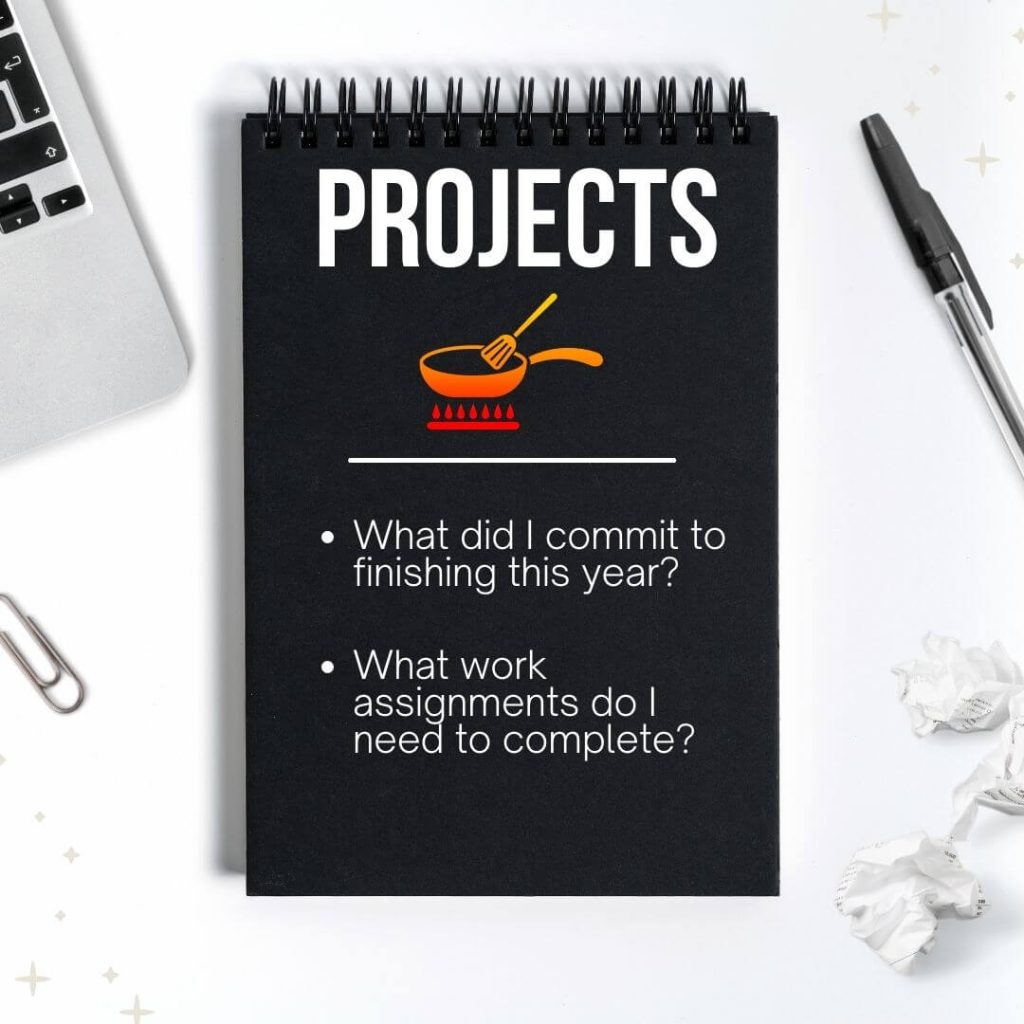
Step 2: Determine what meals you have in the slow cooker
In other words, what areas of improvement notebooks should be in your areas of improvement section of your second brain? Ask yourself the following questions:
- What do I need to do to have a successful career?
- What do I need to focus on so my business is successful?
- What do I need to focus on to be happy in my life?
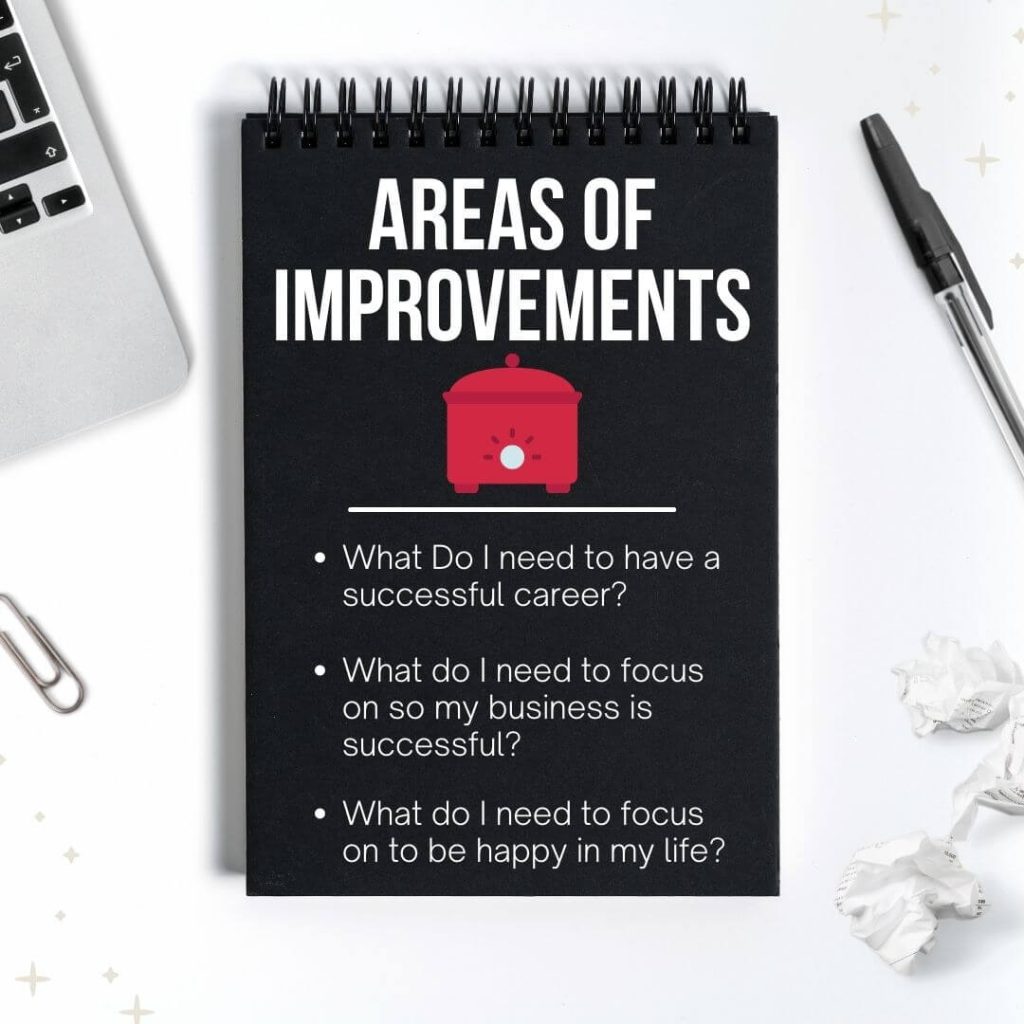
Step 3: Determine what you want in your pantry
In other words, what resources do you want in your second brain? Ask yourself the following questions:
- What do I want to research and understand better?
- What examples can I collect to start a project soon?
- What general lists do I frequently use and update? For example, a grocery list and a read and watch recommendations list.
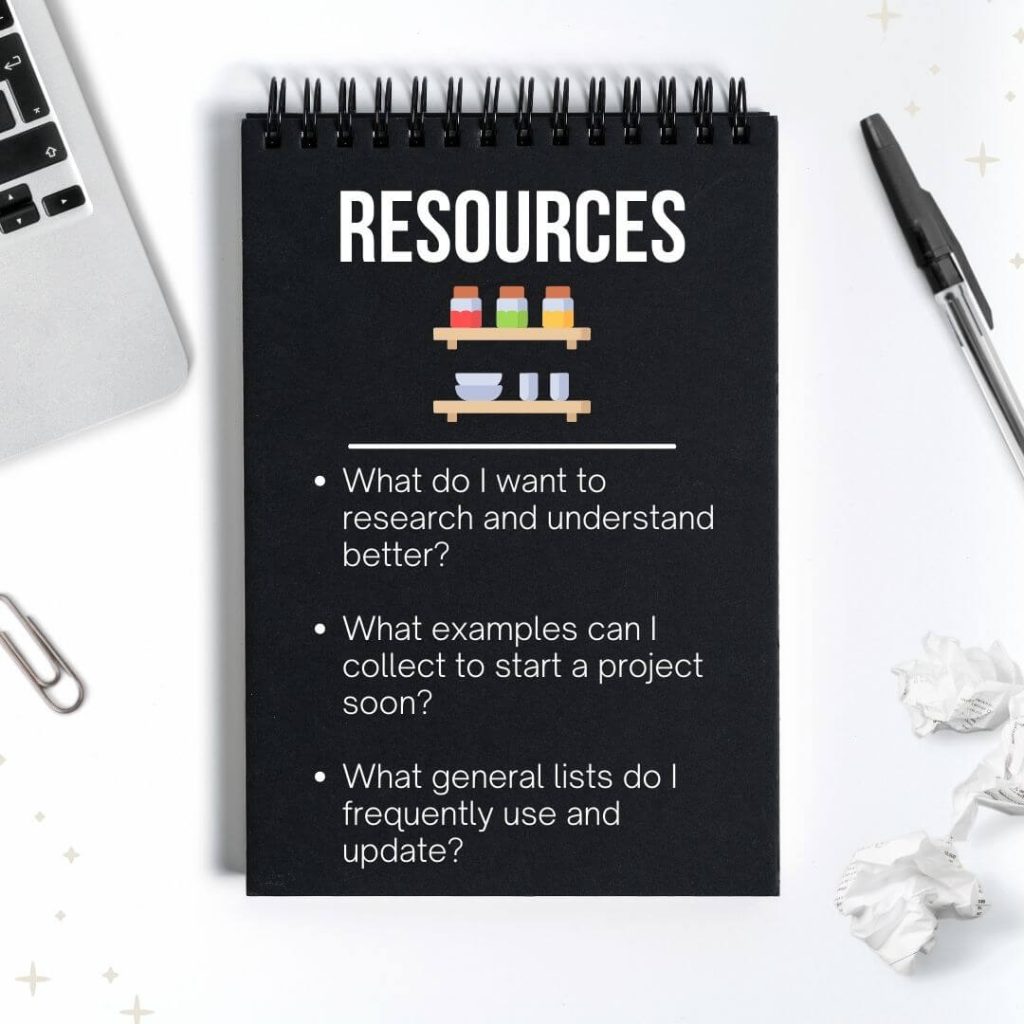
Step 4: Determine what is actual and archive the rest
After you have built your notebook structure of projects, areas of improvement, and resources that accurately depict who you are and what your priorities are, go through your existing notebook system and move the notes you use most and notes from the past month into your new second brain then put the remaining notes in your archive.
When you capture new notes, put them in a notebook folder at the top of your note-taking system. Then, when you have time, organize the notes in your notebook. You can delete or archive most things in your notebook. But don’t keep notes that don’t help you with anything. That would be a waste of time.
Remember, your second brain is supposed to help you put information and ideas into practice. What’s the point of knowing something if you don’t use it to help others and make things you’re proud of?
Conclusion
A second brain is a productivity system that can help you organize your thoughts, ideas, and work. It is based on the PARA principle, which stands for projects, areas of improvement, resources, and archives.
You can use this principle to structure your notes and build a productivity system that works for you. Remember to keep your system clean and organized so that you can easily find the information you need. And don’t forget to move old or inactive notes into your archive so you don’t suffocate your second brain with unnecessary information.
If you follow these steps, you will be well on your way to building a second brain that will help you be more productive and organized. And who knows, maybe you’ll even find that your second brain is better than your first brain!

